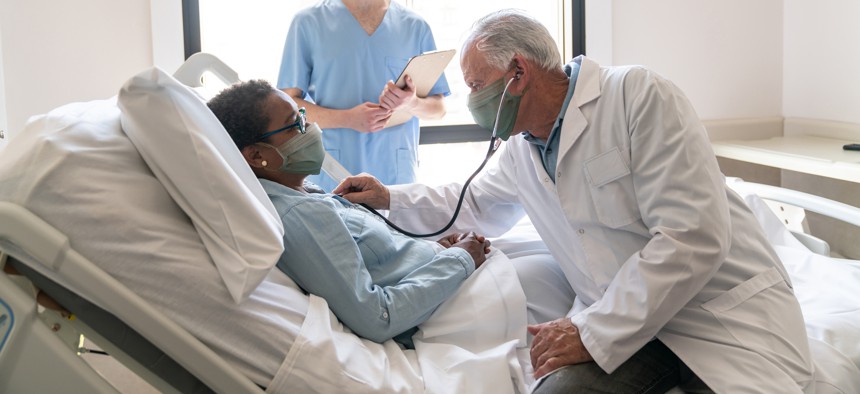Don't Get Sick in These States

istockphoto.com/Hispanolistic
The states with the worst health care are in the South and with the best are in the North, according to a new report.
While millions of Americans gained more affordable health insurance when the Affordable Care Act became law 11 years ago, health care costs, accessibility and quality are not uniform nationwide. To determine where residents receive the best and worst care, WalletHub compared the 50 states and the District of Columbia—Alabama ranked No. 50 and Massachusetts No. 1.
The nine states on the list right after Massachuettes are Rhode Island, Minnesota, Hawaii, Maryland, Vermont, Colorado, Iowa, Connecticut and South Dakota.
The five states ranked at the bottom just above Alabama are North Carolina, Mississippi, Arkansas and Louisiana.
WalletHub also ranked states by specific category:
- Lowest monthly insurance premiums: Utah, Idaho, Massachusetts, Maryland and Minnesota.
- Highest monthly insurance premiums: Alabama, Louisiana, West Virginia, Wyoming and Vermont.
- Lowest number of insured adults: Georgia, Mississippi, Florida, Oklahoma and Texas.
- Highest number of insured adults: Massachusetts, District of Columbia, Hawaii, Vermont and Minnesota.
- Most doctors per capita: District of Columbia, Massachusetts, Rhode Island, New York and Connecticut.
- Least doctors per capita: Mississippi, Montana, Nevada, Wyoming and Idaho.
The pandemic has led to a decline in health care spending, according to a report by the Peterson Center on Healthcare and Kaiser Family Foundation. As of October 2020, spending on health services and prescription drugs was down 0.5% from 2019. Any drop in health spending is historic, according to the report, even though costs remain high. Per-person health care spending in the U.S. was $11,172 in 2018, about double that of comparably high-income “peer” countries.
The pandemic has had a tremendous impact on health care access, according to the Peterson-Kaiser report. In November 2020, 24% of U.S. adults surveyed said they did not get needed medical care for something other than Covid-19. Telemedicine use substantially increased and offset some of the drop in in-person care, but not enough to return to normal levels of care.
Bipartisan legislation recently introduced in the House and Senate aims to form a federal government-led initiative to extend the use of remote patient monitoring technology—or RPM—in rural areas. RPM combines digital tools and medical devices to capture and share data in real-time about patients’ health conditions with providers in other locations.
For more information in the WalletHub report click here.
Jean Dimeo is managing editor of Route Fifty.
NEXT STORY: Confusion Over How Latest Eviction Ban Will be Enforced





